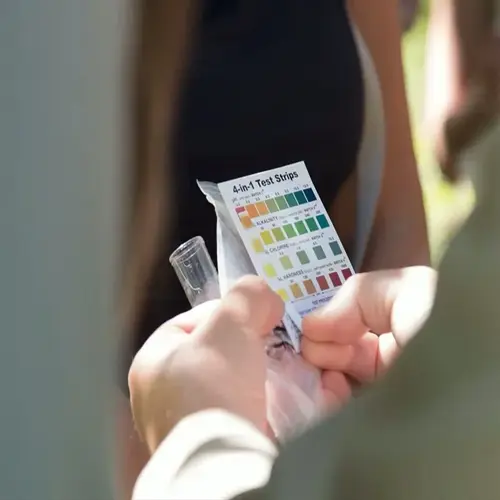How quickly do poisoning symptoms appear?

Written by
John Williams
Reviewed by
Prof. Henry Webster, Ph.D.Onset of symptoms for poisoning varies widely depending on the toxin. Collapse from xylitol may occur in 30 minutes, but sago palm may take 12-24 hours to show symptoms. My veterinary experience has shown me that it is this time lapse that determines the survival rate. All pets should be observed for at least 72 hours after possible exposure to catch these delayed reactions.
Xylitol Poisoning
- Onset: 30 minutes to collapse
- Critical window: Vet care within 1 hour
- Action: Glucose IV prevents brain damage
- Monitoring: Blood sugar checks every 30 min
Lily Toxicity
- First signs: Nausea vomiting in 2-6 hours
- Kidney failure: Develops within 48 hours
- Treatment: IV fluids for minimum 72 hours
- Survival chance: >90% with immediate care
Sago palm toxin attacks slowly, showing signs after 12-24 hours. This delay gives owners a false impression of security. I have treated dogs that appeared normal until they suddenly developed liver failure hours later. Precise knowledge of the time of exposure is important to the veterinarian for administering N-acetylcysteine before irreparable damage occurs.
The *toxic impact of lilies is seen immediately in the kidneys* of cats. Vomiting develops within 6 hours, but kidney values deteriorate over about 48 hours. The first clinical signs of toxicity should be noted. I have a poisoning log from my cat's near-death experience. Introduction of early intravenous fluids will help prevent irreversible changes in the kidneys during this critical period.
Monitor continuously post-exposure for 72 hours. Check the temperature every 4 hours; normal range is 100-102.5°F. Watch for a respiratory rate of 15-30 breaths per minute. Indicate stability. Note that the gum is pink, and circulation is good. These observations will notify of any delayed reactions, such as organ failure.
Assemble emergency supplies such as activated charcoal and thermometers. I include a laminated chart of toxins, their effects, and a timeline. Make the lists of veterinary contacts visible. Practice transportation drills. Any preparations will save precious moments when poisoning windows close quickly.
Read the full article: Toxic Plants for Pets: Ultimate Safety Guide
